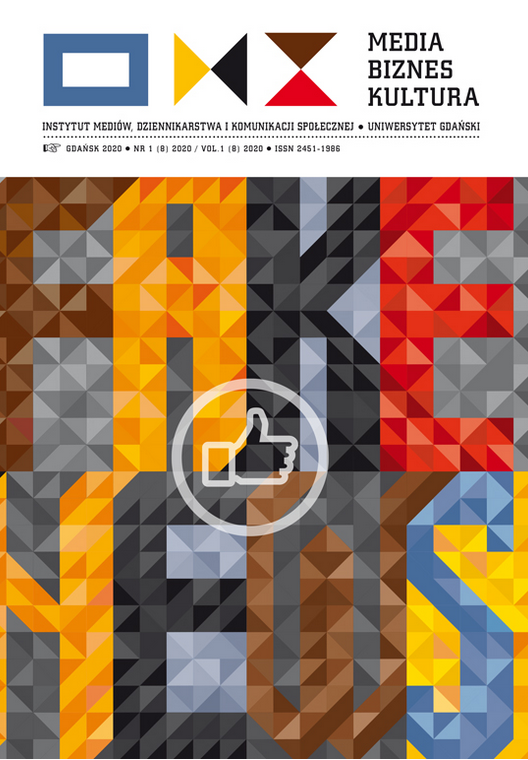Bestie i ludzie. „Wilkołak” Adriana Panka i figura „hitlerowskiego psa” a semiotyka komunikacji
Beasts and people. Adrian Panek’s “The Werewolf” and the figure of the “Nazi dog” and communication semiotics
Author(s): Grzegorz KapuścińskiSubject(s): Aesthetics, Fascism, Nazism and WW II, Film / Cinema / Cinematography
Published by: Wydawnictwo Uniwersytetu Jagiellońskiego
Keywords: concentration camps; dog; film; animal studies; horror;
Summary/Abstract: Guard and hunting dogs played an important role in the organization of Nazi concentration camps. Although ubiquitous in the prisoners’ testimonies as terrifying beasts, they only appear in the cultural consciousness as an ominous ornament of the camp scenery. The figure of the „Nazi dog” occupies a similarly marginal place in the texts of Polish popular culture. The author of the study aims to take a closer look at this motif in collective consciousness, and especially in Polish filmmaking. It also introduces the system in which dogs were used. Embedded in the post-occupational reality, the interesting film by Adrian Panek, ‚The Werewolf’, gives rise to these considerations. Drawing on the aesthetics of horror and fairy tales, this historical image uses the cultural connotations of the figure of a camp dog to show universal truths about the human condition.
Journal: Media - Biznes - Kultura. Dziennikarstwo i komunikacja społeczna
- Issue Year: 2020
- Issue No: 8
- Page Range: 153-167
- Page Count: 15
- Language: Polish

